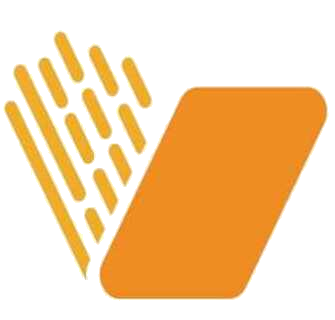What is a Thermal Inspection?
A thermal inspection uses an infrared camera to measure the temperature of solar system components, including panels, inverters, and connections. The infrared camera detects heat patterns that aren’t visible to the naked eye, allowing us to identify anomalies such as:
1. Overheating components
2. Faulty wiring or electrical connections
3. Damaged solar panels
4. Hot spots on panels or strings
5. Underperforming inverters
Why is Thermal Inspection Important for Solar Systems?
1. Prevent System Failures and Downtime
A thermal inspection can detect issues such as damaged or malfunctioning solar panels, inverters, or wiring that might not be noticeable during routine inspections. Early detection of these problems can prevent more serious damage and costly repairs, ensuring that your solar system stays up and running without disruptions.
2. Maximize Solar Efficiency
Solar panels can become inefficient if they overheat due to internal defects, faulty connections, or shading. Thermal inspections can pinpoint these problem areas, allowing for timely repairs that help maximize energy production and optimize system performance.
3. Improve Safety
Faulty electrical connections and damaged components can lead to dangerous situations, including fire hazards. Thermal inspections help identify hotspots or electrical faults, ensuring that your system is safe to operate and reducing the risk of fire or electrical accidents.
4. Enhance the Longevity of Your Solar System
Regular thermal inspections can extend the lifespan of your solar system by identifying issues before they cause long-term damage. This proactive approach ensures that your investment in solar energy provides maximum returns over the years.
5. Reduce Maintenance Costs
By identifying and addressing issues early, thermal inspections can reduce the need for expensive repairs down the line. The earlier problems are caught, the less costly and less disruptive they are to fix, ultimately saving you money on maintenance.
Thermal or I R Inspection
1. Thermal imaging technology has created a more efficient and safer method of measurement.
2. Incorporating thermal imaging into a predictive maintenance program can save money by locating potential failures and hot spots that could cause expensive downtime, production losses, power outages, and fires.
3. Thermal imaging provides fast and accurate detection of objects that are difficult to reach, altered by touch, or impossible to shutoff.
4. Decrease unplanned downtime and the risk of arc flash with regular inspections while maintaining a safe distance from equipment.
Our Thermal Inspection Process
We use state-of-the-art infrared cameras and equipment to conduct thermal inspections on all types of solar installations, whether residential, commercial, or industrial. Here’s how our process works:
1. On-Site Inspection
2. Identifying Anomalies
3. Detailed Report and Recommendations
4. Immediate Action

